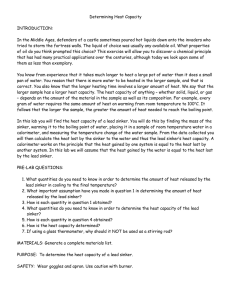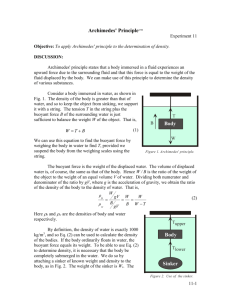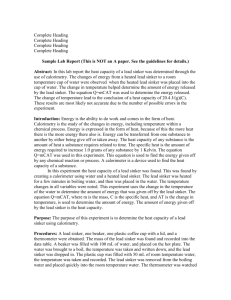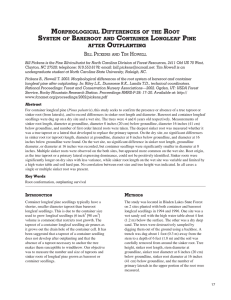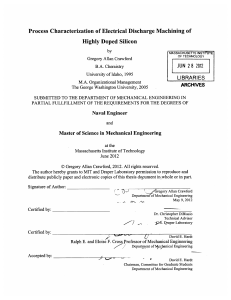6th_grade_student_friendly_common_core_standards
advertisement
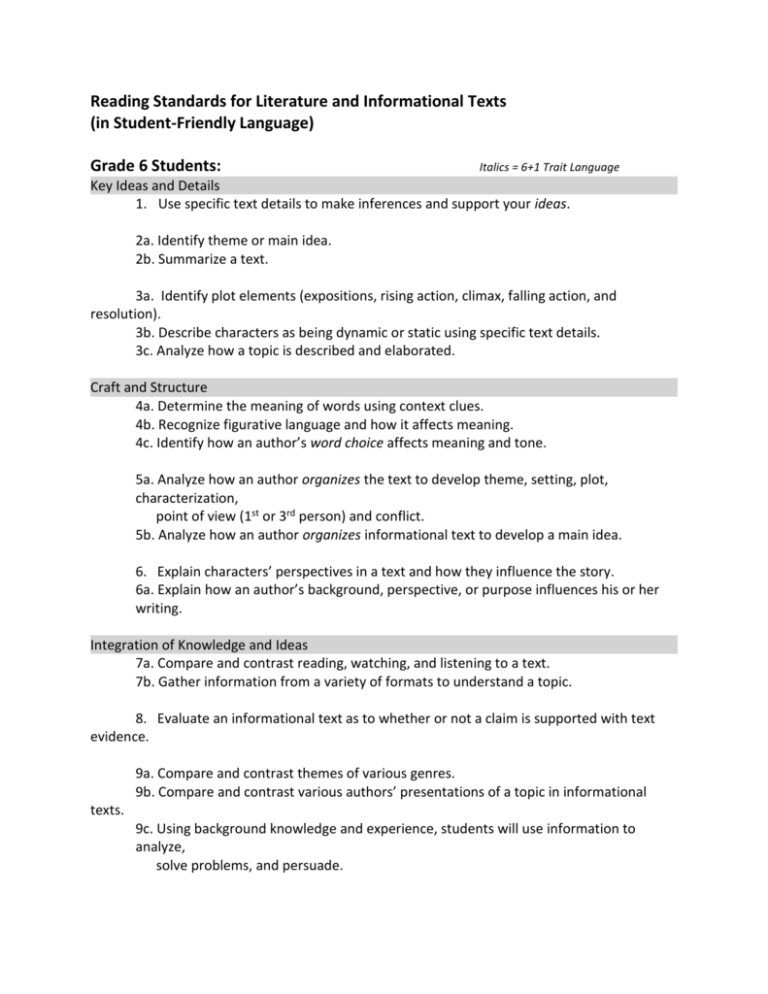
Reading Standards for Literature and Informational Texts (in Student-Friendly Language) Grade 6 Students: Italics = 6+1 Trait Language Key Ideas and Details 1. Use specific text details to make inferences and support your ideas. 2a. Identify theme or main idea. 2b. Summarize a text. 3a. Identify plot elements (expositions, rising action, climax, falling action, and resolution). 3b. Describe characters as being dynamic or static using specific text details. 3c. Analyze how a topic is described and elaborated. Craft and Structure 4a. Determine the meaning of words using context clues. 4b. Recognize figurative language and how it affects meaning. 4c. Identify how an author’s word choice affects meaning and tone. 5a. Analyze how an author organizes the text to develop theme, setting, plot, characterization, point of view (1st or 3rd person) and conflict. 5b. Analyze how an author organizes informational text to develop a main idea. 6. Explain characters’ perspectives in a text and how they influence the story. 6a. Explain how an author’s background, perspective, or purpose influences his or her writing. Integration of Knowledge and Ideas 7a. Compare and contrast reading, watching, and listening to a text. 7b. Gather information from a variety of formats to understand a topic. 8. Evaluate an informational text as to whether or not a claim is supported with text evidence. 9a. Compare and contrast themes of various genres. 9b. Compare and contrast various authors’ presentations of a topic in informational texts. 9c. Using background knowledge and experience, students will use information to analyze, solve problems, and persuade. Range of Reading and Level of Text Complexity 10. Students will read a wide range of texts with increasing difficulty. Responding to Literature 11. Make connections (world, text, and self) to literature. 11a. Choose quality texts for independent reading. 11b. Evaluate the quality of a text (teacher-led). Writing Standards (in Student-Friendly Language) Grade 6 Students: Italics = 6+1 Trait Language Text Types and Purposes Persuasive Writing 1. Ideas should be supported with specific text details and thorough elaboration. a. Write hook, line, sinker (introduction) or topic sentence. b. Support sinker (thesis) or topic sentence with specific text details and thorough elaboration. c. Use effective transitions, sentence fluency, and word choice. d. Establish and maintain appropriate voice. e. Conclude by wrapping it up (details), restating the sinker, and leaving the reader with the message or concluding sentence. Informative/Explanatory Writing 2. Writing should convey ideas and information about a topic. a1. Write hook, line, sinker (introduction) or topic sentence. a2. Choose how to organize the writing (e.g. compare/contrast, cause/effect, definition). a3. Include a variety of formatting and graphics (signposts) when useful. b. Support sinker (thesis) or topic sentence with specific text details (e.g. facts, definitions, or quotations) and thorough elaboration. c. Use effective transitions and sentence fluency. d. Use effective word choice (technical vocabulary). e. Establish and maintain appropriate voice. f. Conclude by wrapping it up (details), restating the sinker, and leaving the reader with the message or concluding sentence. Narrative Writing 3. Write narratives about real or imagined experiences. a. Introduce narrator, characters, and/or setting. b. Use dialogue and description to develop experiences, events, and/or characters. c. Use effective transitions. d. Use effective word choice (to create imagery). e. Conclude the story. Production and Distribution of Writing 4. Select the style, purpose, and audience appropriate to the task, and effectively use the 6+1 traits of writing. 4a. Produce text (print or non-print) that explores a variety of cultures and perspectives. 5. Use the writing process (planning, editing, revising, rewriting). 6. Effectively use technology, including the Internet, to produce and publish writing. Research to Build and Present Knowledge 7. Conduct short research projects to answer a question, using several sources, adapting the topic when appropriate. 8a. Gather relevant information from credible print and digital sources. 8b. Quote or paraphrase to avoid plagiarism. 8c. Provide basic bibliographic information (bib card). 9. Use knowledge gained from the Reading Standards for Literature and Informational Text in writing (e.g. Standards from Integration of Knowledge and Ideas). Range of Writing 10. Write often (extended and shorter time frames) for a range of tasks. Responding to Literature 11. Create and present a print or non-print response to a literary work. a. Establish a theme or main idea supported by details. b. Recognize and explain social, historical, or cultural features. c. Create poetry, stories, plays, and other literary forms (e.g. videos, artwork). Speaking and Listening Standards (in Student-Friendly Language) Grade 6 Students: Italics = 6+1 Trait Language Comprehension and Collaboration 1. Engage effectively in discussion (teacher-led, one-on-one, in groups). a. Refer to evidence on the topic. b. Use manners and establish goals, a timeframe, and individual roles (as needed). c. Create and answer questions using text evidence and elaboration. d. Be able to paraphrase multiple perspectives and reflect upon them. e. Respect others’ perspectives and cultural backgrounds. 2. Connect and explain information from a variety of formats. a. Using background knowledge and experience, students will use information to analyze, solve problems, and persuade. 3. Evaluate a speaker’s argument as to whether or not a claim is supported with evidence. Presentation of Knowledge and Ideas 4a. Create a speech which is organized and uses relevant, specific details to support the main idea or theme. 4b. Use appropriate eye contact, adequate volume, and clear pronunciation. 5. Include multimedia components (e.g. graphics, images, music, sound) and visual displays to clarify information. 6. Adapt speech to fit a variety of audiences and purposes. Language Standards (in Student-Friendly Language) Grade 6 Students: Italics = 6+1 Trait Language Conventions of Standard English 1. Effectively use conventions when writing or speaking. a-d. Use pronouns correctly (subjective, objective, possessive, intensive) e. Recognize appropriate differences in style.* 2. Effectively use conventions (capitalization, punctuation, spelling) when writing. a. Use commas, parentheses, or dashes to set off extra information.* b. Spell correctly. Knowledge of Language 3. Use knowledge of language and conventions when writing, speaking, reading, or listening. a. Vary sentence structure (sentence fluency) for meaning, interest, and style.* b. Maintain consistent style and tone (voice).* Vocabulary Acquisition and Use 4. Determine the meaning of unknown words. a. Use context clues. b. Use Greek or Latin prefixes, suffixes, and roots. c. Use reference materials (dictionaries, glossaries, thesauruses), both print and digital. d. Verify inferred meaning using another source. 5. Understand figurative language, word relationships, and synonyms. a. Interpret figurative language. b. Use the relationship between words to better understand each of the words (e.g. cause/effect, part/whole, item/category). c. Distinguish meaning among synonyms. 6. Use and understand grade-appropriate vocabulary. *Higher level skill

